detail profile jehanne d alcy
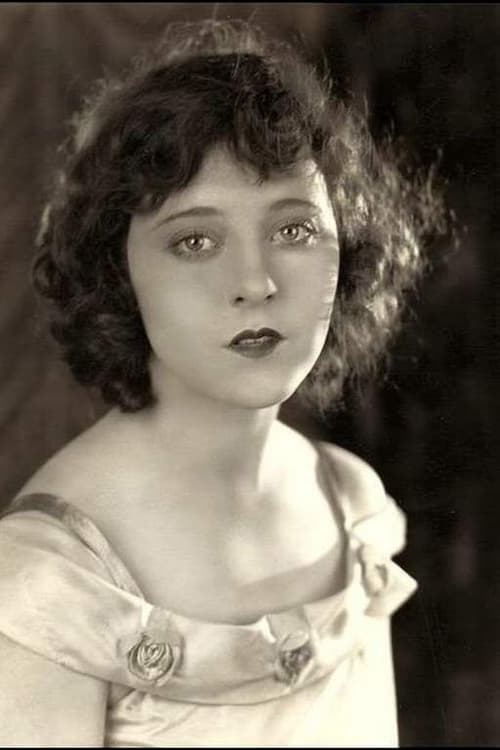
Jehanne d'Alcy
Jeanne d'Alcy
atau dikenal sebagai
Riwayat Hidup
A performer at the Théâtre Robert-Houdin from 1888, when it was re-opened by Georges Méliès, Jehanne d'Alcy (also known as Fanny Manieux) later became Méliès's mistress and appeared in a number of his films, including the first of his risqué productions Après le bal - le tub (1897).
Méliès's first wife Eugenie died in May 1913, and in 1925 he married d'Alcy.
Her concession of a toy stall at the Gare Montparnasse, Paris, manned by Georges, provided their only income for several years.
In 1932 they moved into an apartment at a home for cinema veterans.
After Méliès's death, d'Alcy appeared in the poignant framing sequences of Georges Franju's short dramatisation of his life, Le Grand Méliès (1952), with Méliès's son André playing his father.
Jehanne d'Alcy died on 14 October 1956 at Versailles, aged ninety-two.
Info Pribadi
Peran Yang Di Mainkan Jehanne d'Alcy
 Part documentary part concert film part...
Part documentary part concert film part...Rolling Thunder Revue: A Bob Dylan Story by Martin Scorsese 2019
Part documentary, part concert film, part fever dream, this film captures the troubled spirit of America in 1975 and the joyous music that Dylan performed during the fall of that year.
 A biographical film about cinematic illusionist...
A biographical film about cinematic illusionist...Le Grand Méliès 1952
A biographical film about cinematic illusionist Georges Méliès featuring Méliès’s widow, Jeanne d’Alcy, as herself, and their son André as his own father.
 The plot follows King Edward VII...
The plot follows King Edward VII...Tunneling the English Channel 1907
The plot follows King Edward VII and President Armand Fallières dreaming of building a tunnel under the English Channel.
 Using every known means of transportation...
Using every known means of transportation...The Impossible Voyage 1904
Using every known means of transportation, several savants from the Geographic Society undertake a journey through the Alps to the Sun which finishes under the sea.
 Professor Barbenfouillis and five of his...
Professor Barbenfouillis and five of his...A Trip to the Moon 1902
Professor Barbenfouillis and five of his colleagues from the Academy of Astronomy travel to the Moon aboard a rocket propelled by a giant cannon. Once on the lunar surface, the bold explorers face the many perils hidden in the caves of the mysterious planet.
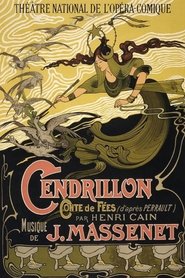 A fairy godmother magically turns Cinderellas...
A fairy godmother magically turns Cinderellas...Cinderella 1899
A fairy godmother magically turns Cinderella's rags to a beautiful dress, and a pumpkin into a coach. Cinderella goes to the ball, where she meets the Prince - but will she remember to leave before the magic runs out? Méliès based the art direction on engravings by Gustave Doré. First known example of a fairy-tale adapted to film, and the first film to use dissolves to go from one scene to another.
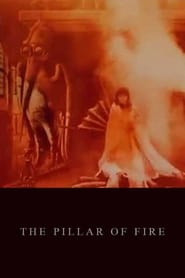 A devil wearing batlike wings and...
A devil wearing batlike wings and...The Pillar of Fire 1899
A devil wearing bat-like wings and brandishing a trident dances around a giant pot, conjuring forth flame from his trident to lit a fire beneath the pot. After the devil works the fire with bellows, an angelic woman emerges from the pot. The devil and the pot vanish as the woman performs a dance, waving about her diaphanous sleeves until she conjures forth another fire, then she rises amongst the smoke into the air.
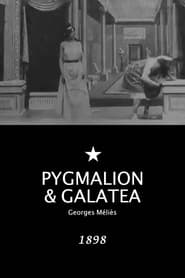 Showing Pygmalion at work in his...
Showing Pygmalion at work in his...Pygmalion and Galatea 1898
Showing Pygmalion at work in his studio on the statue of Galatea, who, on being completed, comes to life. He attempts to clasp her to his arms, when the bust leaves the body and crossing the room mocks at him standing with the lower portion of her body in his hands. Further startling illusions are seen in this most beautiful picture.
 A young woman becomes the eighth...
A young woman becomes the eighth... A divinely inspired peasant woman becomes...
A divinely inspired peasant woman becomes...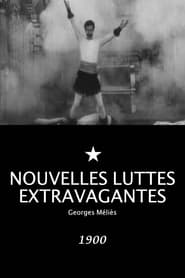 A series of fantastical wrestling matches
A series of fantastical wrestling matches A man digging inside an Egyptian...
A man digging inside an Egyptian...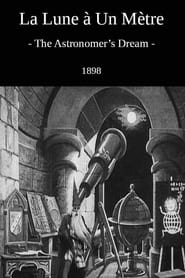 An astronomer has a terrifying dream
An astronomer has a terrifying dream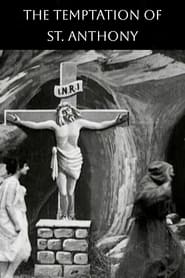 St Anthony is tempted by visions...
St Anthony is tempted by visions...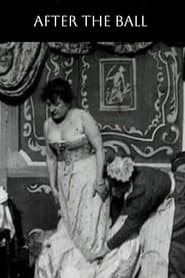 A woman arrives home after the...
A woman arrives home after the... A man has a fantastical nightmare...
A man has a fantastical nightmare... In a medieval castle a dark...
In a medieval castle a dark... Georges Mlis makes a woman disappear...
Georges Mlis makes a woman disappear...